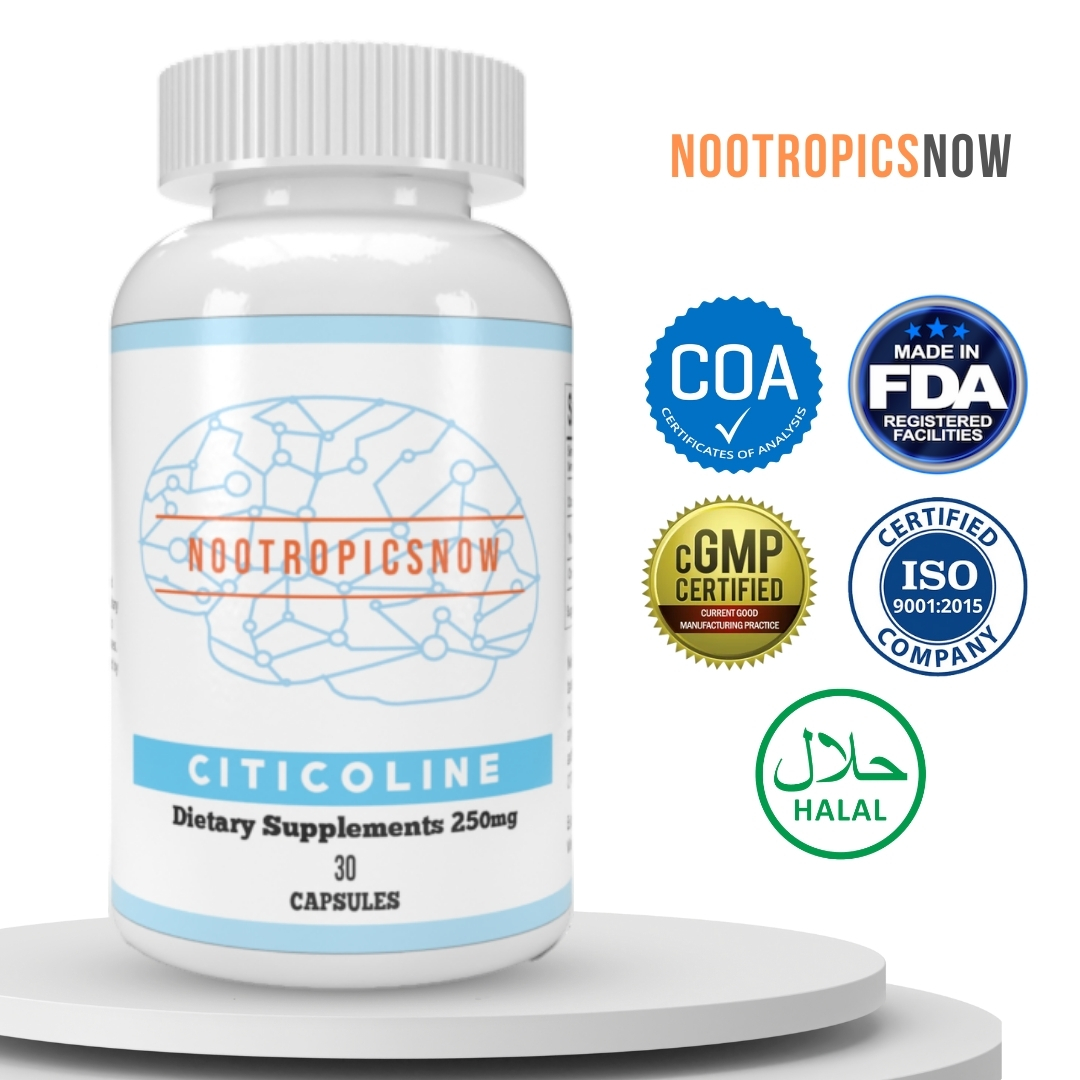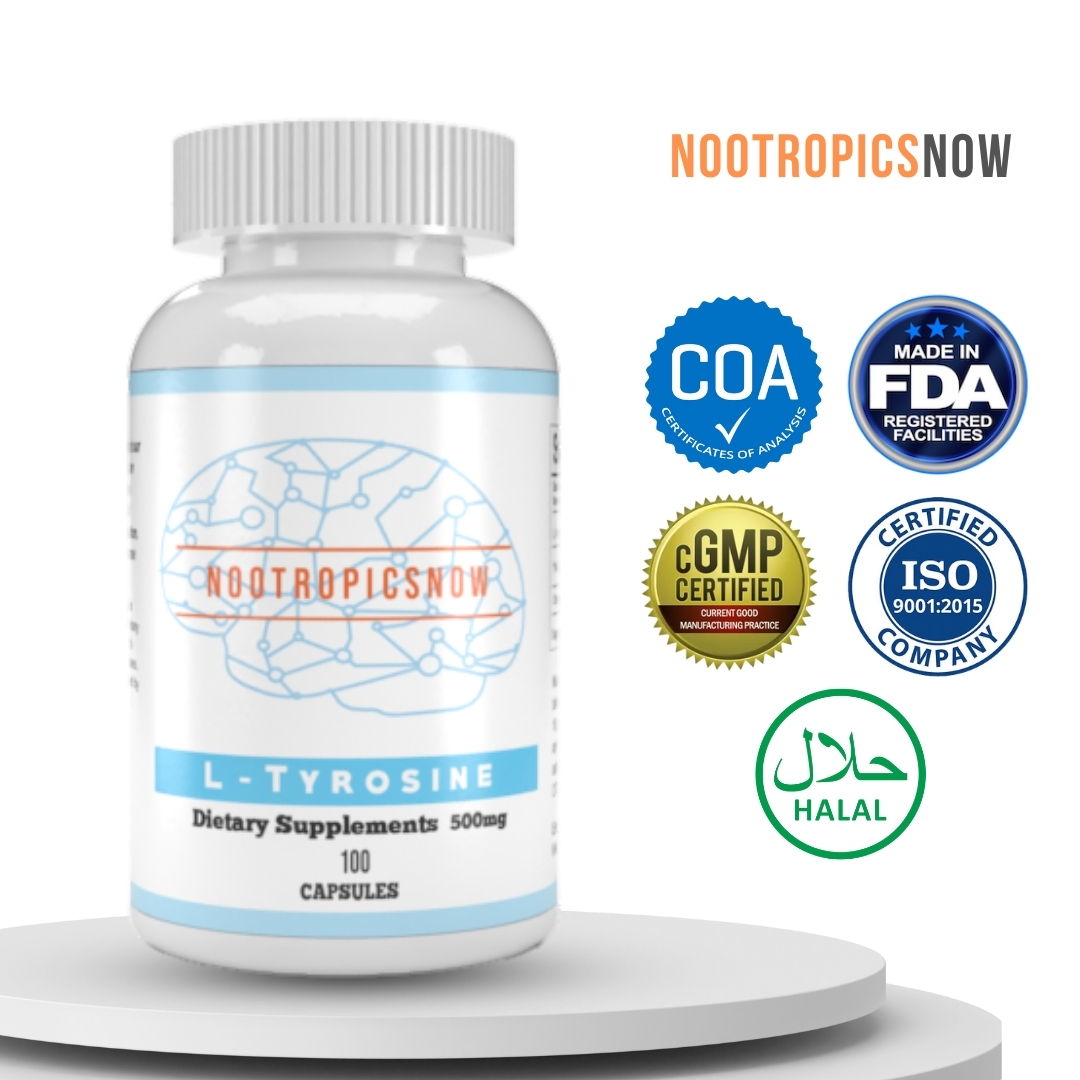Topporia: Ultimate Guide & Tips

`markdown
Topporia: Unveiling the Properties and Applications of a Unique Material
Topporia is a relatively new synthetic compound with a wide range of potential applications. While not yet a household name, its unique properties have garnered significant attention in various scientific and industrial fields. This article delves into the details of topporia, exploring its composition, characteristics, synthesis, and potential uses across multiple sectors.
What Exactly is Topporia?
Topporia is a complex organic compound primarily characterized by its distinctive molecular structure and the resulting physical and chemical properties. While the exact chemical formula may vary depending on the specific variant, the core structure typically includes a conjugated system of aromatic rings interconnected with functional groups. This architecture is responsible for its inherent stability and unique reactivity. The precise structure also determines whether the compound exists as a solid, liquid, or gas at room temperature and the extent of its solubility in various solvents.
Furthermore, the synthesis and modification of topporia allows for manipulation of these properties, tailoring the material for specific applications. This tunability is a significant advantage, setting topporia apart from more rigid or less adaptable substances. Therefore, understanding its fundamental structure is critical to appreciating its diverse potential.
Key Physical and Chemical Properties
Topporia’s utility stems from a set of noteworthy physical and chemical properties. These characteristics define its performance and suitability for various applications.
| Property | Description | Significance |
|---|---|---|
| ————————- | —————————————————————– | ——————————————————————————- |
| High Thermal Stability | Maintains structural integrity at elevated temperatures. | Crucial for high-temperature applications like aerospace and industrial coatings. |
| Exceptional Hardness | Resistance to scratching and abrasion. | Ideal for protective layers, wear-resistant components, and surface treatments. |
| Low Coefficient of Friction | Reduces friction between surfaces in contact. | Beneficial for lubrication, bearings, and other moving parts. |
| Chemical Inertness | Resistance to chemical degradation in harsh environments. | Important for corrosion protection, chemical storage, and biocompatible materials. |
| Electrical Conductivity | Ability to conduct electricity (can be tailored to be conductive, semi-conductive or insulative). | Useful in electronic devices, sensors, and energy storage applications. |
| Optical Properties | Ability to absorb or transmit light in specific wavelengths. | Valuable for optical sensors, displays, and solar energy applications. |
| Biocompatibility | Non-toxic and non-reactive with biological tissues. | Necessary for medical implants, drug delivery systems, and tissue engineering. |
These properties can be further modified by altering the synthesis process or introducing specific dopants or functional groups. The versatility afforded by these modifications is one of topporia’s greatest strengths. As a result, its properties can be finely tuned to meet the exact requirements of a particular application.
Methods of Synthesis
The synthesis of topporia involves complex chemical processes, and it varies based on the desired properties and final application. Several techniques can be used, each offering its advantages and disadvantages.
1. Chemical Vapor Deposition (CVD)
CVD involves the reaction of gaseous precursors on a heated substrate to form a thin film of topporia. This method is commonly used to create high-quality, uniform coatings with excellent adhesion. The precursor gases are carefully selected and precisely controlled to ensure the desired stoichiometry and morphology of the deposited film.
2. Sol-Gel Synthesis
The sol-gel process starts with a solution of metal alkoxides, which undergo hydrolysis and condensation to form a gel. This gel is then dried and heat-treated to produce the final topporia material. Sol-gel synthesis offers excellent control over the composition and microstructure of the resulting material. Furthermore, it is a relatively inexpensive method that can be scaled up for mass production.
3. Hydrothermal Synthesis
Hydrothermal synthesis involves reacting precursors in an aqueous solution under high temperature and pressure. This method is particularly useful for synthesizing crystalline topporia materials with well-defined structures. The high-pressure environment promotes the formation of stable, crystalline phases that would not be accessible under ambient conditions.
4. Mechanochemical Synthesis
Mechanochemical synthesis uses mechanical energy, such as grinding or milling, to induce chemical reactions between solid precursors. This method is attractive because it avoids the use of solvents and high temperatures, making it more environmentally friendly. Furthermore, mechanochemical synthesis can be used to create novel topporia materials with unique properties.
Potential Applications Across Various Industries
The unique properties of topporia open doors to a wide array of potential applications across different sectors. Its tunability and stability make it a compelling material for various technological and industrial uses.
1. Aerospace Industry
In the aerospace sector, topporia’s high thermal stability and exceptional hardness make it suitable for coatings on aircraft components that are exposed to extreme conditions. For example, coating turbine blades with topporia can significantly improve their resistance to wear and corrosion, extending their lifespan and reducing maintenance costs. Moreover, its low coefficient of friction can be beneficial for lubricating moving parts in aircraft engines, reducing energy consumption and improving efficiency.
2. Automotive Industry
The automotive industry can leverage topporia’s wear resistance and low friction properties for engine components, brake systems, and suspension systems. Applying a thin layer of topporia to piston rings, for example, can reduce friction and improve fuel efficiency. Additionally, its chemical inertness makes it an ideal material for fuel tank liners, protecting them from corrosion and degradation.
3. Electronics Industry
The tailored electrical conductivity of topporia allows for diverse applications in the electronics sector. It can be used as a semiconductor in transistors, a dielectric material in capacitors, or a conductive element in interconnects. Furthermore, its optical properties make it suitable for use in displays, sensors, and solar cells. Topporia films can also be used as protective coatings on electronic components, protecting them from environmental damage.
4. Biomedical Applications
Topporia’s biocompatibility makes it an ideal material for medical implants and drug delivery systems. It can be used to create durable, non-toxic coatings on implants, reducing the risk of rejection and infection. Additionally, its ability to encapsulate and release drugs in a controlled manner makes it suitable for targeted drug delivery. In tissue engineering, topporia can be used as a scaffold material, providing structural support for cell growth and tissue regeneration.
5. Energy Storage
In the energy storage sector, topporia can be used as an electrode material in batteries and supercapacitors. Its high surface area and electrical conductivity make it an ideal candidate for enhancing energy storage capacity and power density. For example, incorporating topporia into lithium-ion batteries can improve their performance, stability, and lifespan.
`
`markdown
Topporia: A Deep Dive into This Promising Nootropic
In the vast landscape of cognitive enhancers, or nootropics, Topporia emerges as a subject of interest, although information specifically under that name might be limited or refer to variations/brands of existing nootropic ingredients or combinations currently undergoing research and development. This comprehensive section explores the potential components and characteristics associated with a “Topporia” product, exploring the scientific possibilities and providing an insightful perspective on what this nootropic could entail, focusing on potential ingredients and formulation approaches.
Hypothetical Composition and Potential Mechanisms
Assuming “Topporia” refers to a novel nootropic or a blend of existing ones, it is essential to delve into the potential mechanisms and components that could be involved. Nootropics often target various aspects of cognitive function, from neurotransmitter balance to neuroprotection. Below are potential components and mechanisms of action associated with a “Topporia” supplement:
Cholinergic Enhancement
Many nootropics boost cognitive function by influencing the cholinergic system, crucial for memory, learning, and attention. Ingredients that could enhance this system include:
Neurotransmitter Modulation
Regulating neurotransmitter levels can profoundly impact mood, focus, and mental clarity. Potential neurotransmitter-modulating ingredients in “Topporia” could be:
Neuroprotection and Antioxidant Support
Protecting the brain from oxidative stress and damage is crucial for long-term cognitive health. “Topporia” may incorporate ingredients with neuroprotective properties:
Blood Flow and Oxygenation
Adequate blood flow and oxygen supply are essential for optimal brain function. Ingredients that could enhance these aspects include:
Other Potential Ingredients
Beyond the above, “Topporia” might contain other supporting ingredients:
Potential Benefits of a “Topporia” Formulation
Based on the potential ingredients mentioned above, “Topporia” could offer a range of benefits, including:
Dosage and Safety Considerations
Given the hypothetical nature of “Topporia,” it is crucial to emphasize the importance of safe usage and consulting with healthcare professionals. General guidelines for the mentioned ingredients include:
It is critical to start with low doses to assess tolerance and monitor for any adverse effects. Consulting a healthcare professional before starting any new supplement regimen is highly recommended, particularly for individuals with underlying health conditions or those taking other medications.
Legal and Regulatory Considerations in the Philippines
The legal status of nootropic ingredients varies by country. In the Philippines, supplements are regulated by the Food and Drug Administration (FDA). It is essential to ensure that all ingredients in “Topporia,” should it become a real product, are approved for use in supplements by the Philippine FDA. Furthermore, if “Topporia” makes specific health claims, it must comply with local advertising standards and regulations.
Potential Drawbacks and Side Effects
As with any supplement, “Topporia” could have potential drawbacks and side effects. Common side effects associated with the mentioned ingredients include:
It is crucial to be aware of these potential side effects and discontinue use if any adverse reactions occur.
Alternatives to “Topporia”
If “Topporia” is not available or does not suit individual needs, several alternatives exist. These include standalone nootropic ingredients like Alpha-GPC, CDP-Choline, Lion’s Mane, and Rhodiola Rosea, as well as other nootropic stacks tailored to specific cognitive goals.
Conclusion
While “Topporia” as a specific branded product might not have established widespread availability or recognition, the conceptual composition outlined in this section provides a comprehensive overview of potential ingredients and mechanisms. By focusing on cholinergic enhancement, neurotransmitter modulation, neuroprotection, and blood flow, a “Topporia”-like formulation could offer a range of cognitive benefits. Always prioritize safety, consult with healthcare professionals, and stay informed about the legal and regulatory landscape in the Philippines to make informed decisions about cognitive enhancement. As you navigate the world of nootropics, consider this information as a foundation for exploring and understanding the potential benefits and considerations of such supplements.
Future Research and Development
Future research could delve into the synergistic effects of the potential ingredients in “Topporia.” Clinical trials evaluating the efficacy and safety of such a formulation would provide valuable insights. Additionally, personalized approaches based on individual needs and genetic predispositions could optimize the benefits of “Topporia.”
`









